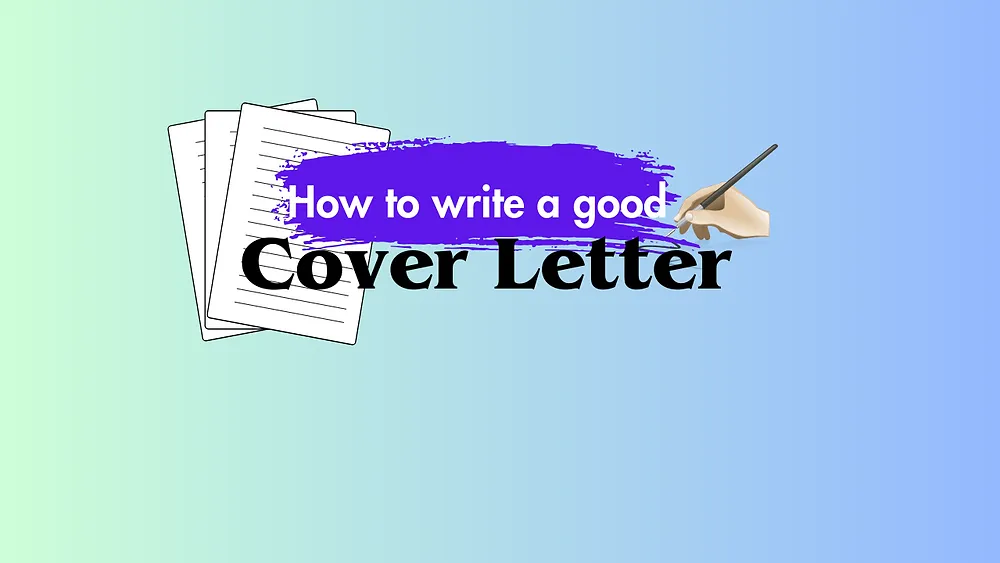What is a Cover Letter
A cover letter is a crucial document that accompanies your resume when applying for a job. It serves as a personalized introduction, allowing you to highlight your skills, experiences, and qualifications in a way that goes beyond the information presented in your resume. Think of it as your first opportunity to make a strong impression on a potential employer and showcase why you are the ideal candidate for the position. Writing a compelling cover letter can significantly increase your chances of getting noticed and securing an interview.
Why Cover Letters Matter
In today’s competitive job market, a well-crafted cover letter is often the key to standing out from the crowd. It provides an opportunity to demonstrate your personality, writing skills, and genuine interest in the role and the company. While your resume provides a snapshot of your qualifications, a cover letter allows you to tell a story, connecting your experiences to the specific requirements of the job. Many hiring managers consider cover letters essential, using them to assess communication skills, attention to detail, and overall suitability for the position. Ignoring the cover letter can be a costly mistake.
Key Elements of a Stellar Cover Letter
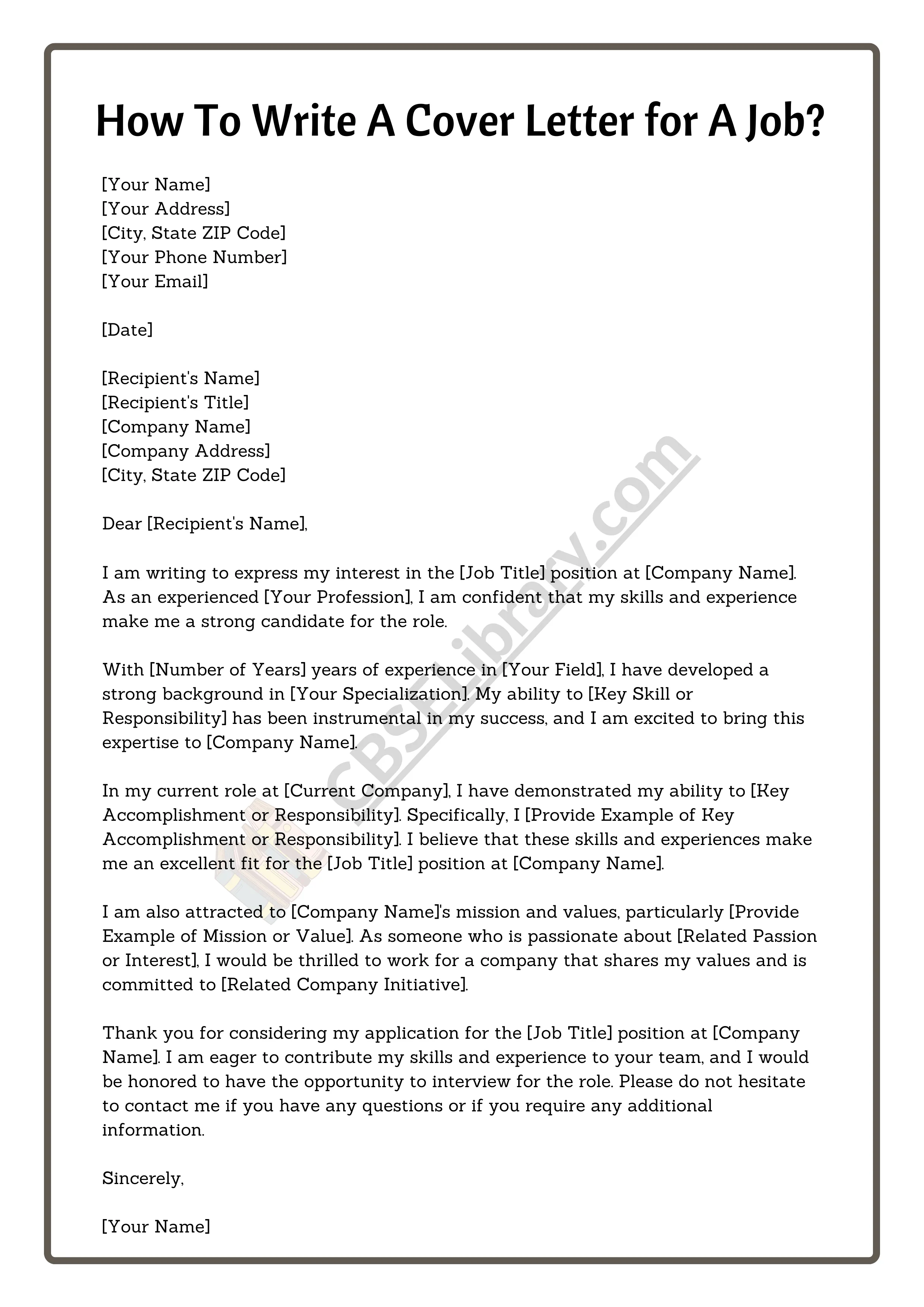
Creating a standout cover letter involves carefully crafting each element to create a cohesive and compelling narrative. The most effective cover letters share several key components. These include a professional header with your contact information, a personalized greeting, a captivating opening paragraph that grabs the reader’s attention, a middle section that highlights relevant skills and experiences, and a closing paragraph with a clear call to action. The tone should be professional, enthusiastic, and tailored to the specific job and company.
Header and Contact Information
Start your cover letter with a professional header that includes your full name, address, phone number, and email address. This ensures that the hiring manager can easily contact you. Use a clear and readable font. Make sure the header is consistent with the information on your resume. If possible, include a link to your professional online presence, such as your LinkedIn profile or a personal website.
Greeting and Salutation
Address your cover letter to a specific person whenever possible. Research the hiring manager’s name or the name of the person in charge of hiring for the role. A personalized greeting like ‘Dear Mr. / Ms. [Last Name]’ is much more effective than a generic ‘To Whom It May Concern’. If you can’t find a specific name, use ‘Dear Hiring Manager’ or ‘Dear [Department Name] Team’.
First Paragraph The Hook

The first paragraph is your chance to make a strong first impression. Start with a hook that grabs the reader’s attention and immediately shows your interest in the position. Mention where you saw the job posting and express your enthusiasm for the opportunity. Briefly state why you are a good fit for the role. Avoid generic phrases. Instead, show your personality and passion for the job.
Second Paragraph Show Your Value
The second paragraph is where you highlight your relevant skills and experiences, demonstrating how they align with the job requirements. Focus on the key skills and qualifications mentioned in the job description. Provide specific examples of how you have used these skills in the past and what results you achieved. This is your opportunity to show the hiring manager the value you can bring to the company.
Highlight Relevant Skills and Experience
Carefully review the job description and identify the key skills and experiences that the employer is seeking. Select the experiences from your background that are the most relevant to the position. Tailor your examples to align with the job’s requirements, emphasizing how your skills and experience match what the company is looking for in a candidate. Make sure to use keywords from the job description.
Quantify Achievements with Numbers
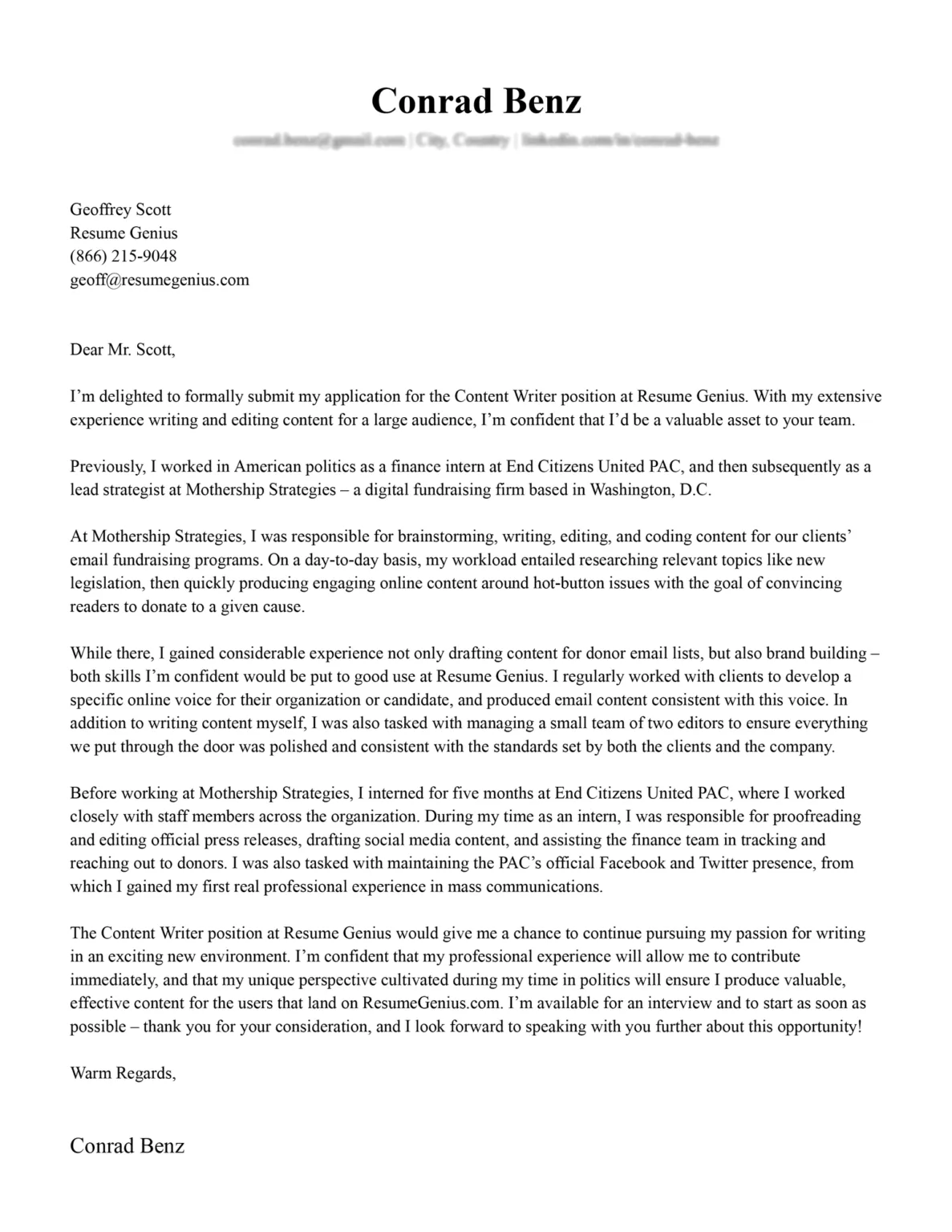
Whenever possible, quantify your achievements with numbers to demonstrate the impact of your work. Instead of saying ‘Improved customer satisfaction,’ say ‘Increased customer satisfaction by 15%’. Use data and metrics to showcase your accomplishments and make your claims more credible. This approach helps the hiring manager understand the tangible benefits you can bring to the role.
Third Paragraph Why You’re a Great Fit
In the third paragraph, explain why you are particularly interested in the company and the specific role. Demonstrate that you have researched the company and understand its mission, values, and culture. Show how your career goals align with the company’s objectives. This conveys your enthusiasm and genuine interest, making you a more appealing candidate. Expressing a passion for the industry also helps.
Demonstrate Company Research
Show that you have taken the time to research the company. Mention specific projects, initiatives, or values that resonate with you. Explain why you are excited about the opportunity to contribute to the company’s success. Tailoring your cover letter to the specific company demonstrates that you’re genuinely interested in the position and not just sending out a generic application.
Show Enthusiasm and Passion
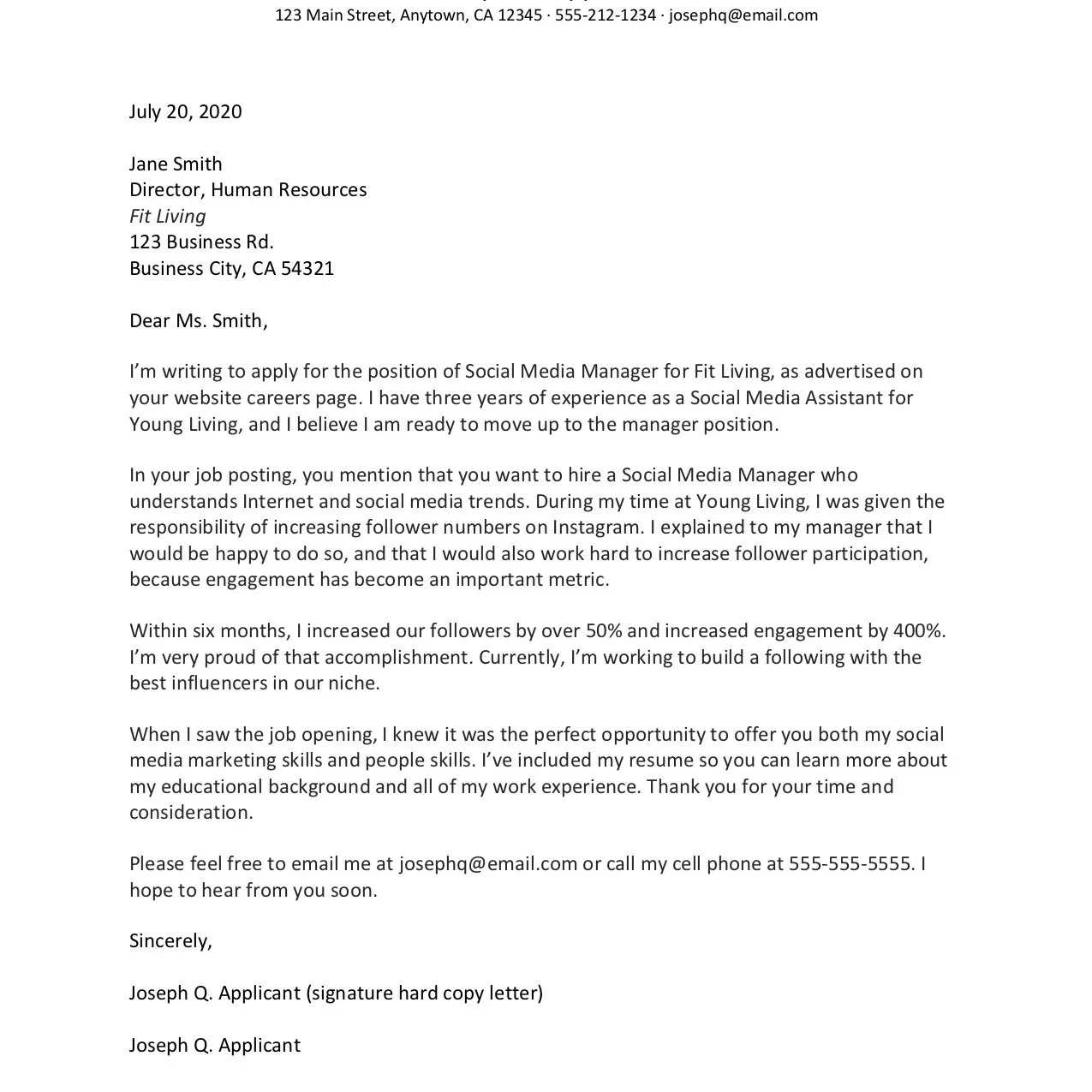
Let your enthusiasm and passion for the role shine through. Explain why you are excited about the opportunity to contribute to the company’s success. Show your personality and let your genuine interest in the role be clearly visible. Authenticity is key; avoid sounding overly generic or robotic. Be yourself and let your passion drive your words.
Fourth Paragraph Call to Action
Conclude your cover letter with a clear call to action. Express your interest in an interview and state your availability. Thank the hiring manager for their time and consideration. Reiterate your enthusiasm for the role and the company. Keep your tone professional and confident. A strong closing paragraph leaves a lasting positive impression.
Express Gratitude and Next Steps
Thank the hiring manager for their time and consideration. Express your eagerness to discuss your qualifications further in an interview. State your availability for a call or meeting, making it easy for the hiring manager to contact you. End with a professional closing, such as ‘Sincerely’ or ‘Best regards,’ followed by your name.
Cover Letter Formatting and Design
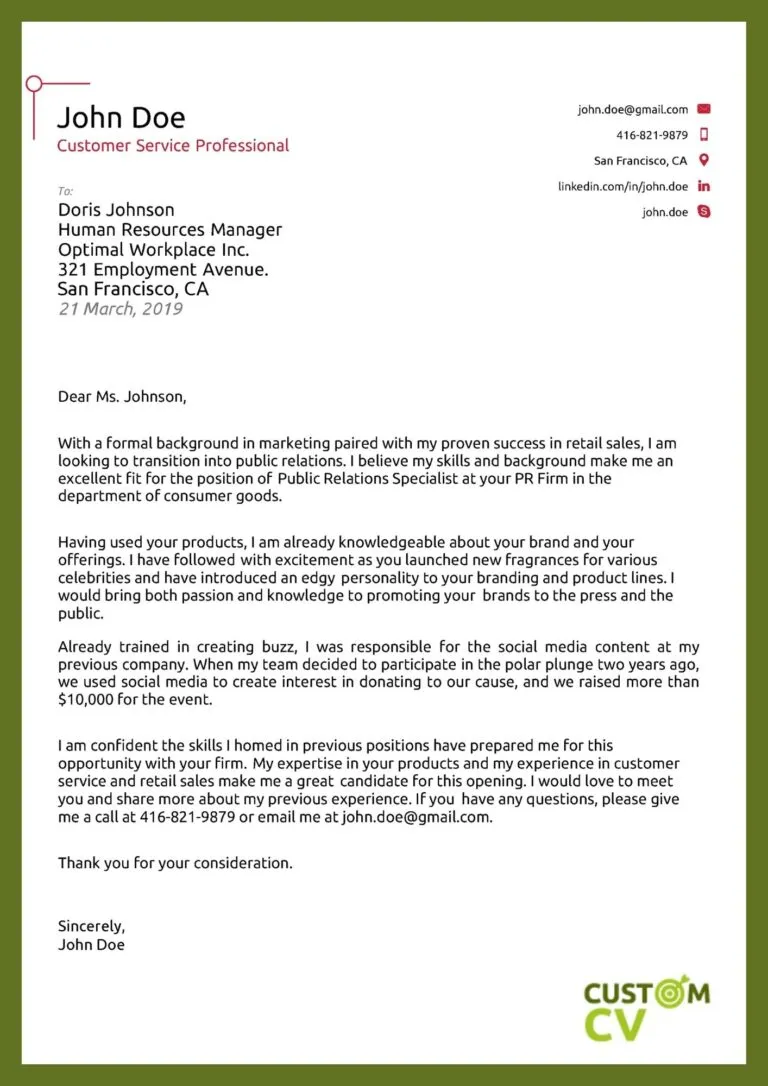
The formatting and design of your cover letter play a significant role in its readability and overall presentation. A well-formatted cover letter is easy on the eyes and enhances the message. Use a professional and easy-to-read font, maintain consistent margins, and ensure proper spacing. Make sure your cover letter is visually appealing and reflects your attention to detail.
Font Selection and Readability
Choose a professional and easy-to-read font, such as Times New Roman, Arial, or Calibri. Use a font size between 11 and 12 points for the body text and ensure sufficient spacing between paragraphs for readability. Avoid using overly stylized or decorative fonts that can distract from the content. Maintain a consistent font throughout your cover letter.
Length and Structure Guidelines
Keep your cover letter concise and to the point, ideally within one page. Break up large blocks of text with clear paragraphs and use headings and bullet points to organize information. Maintain a logical structure, with a clear introduction, body paragraphs, and a concise conclusion. Ensure that your cover letter flows smoothly and is easy for the hiring manager to follow.
Proofreading and Editing
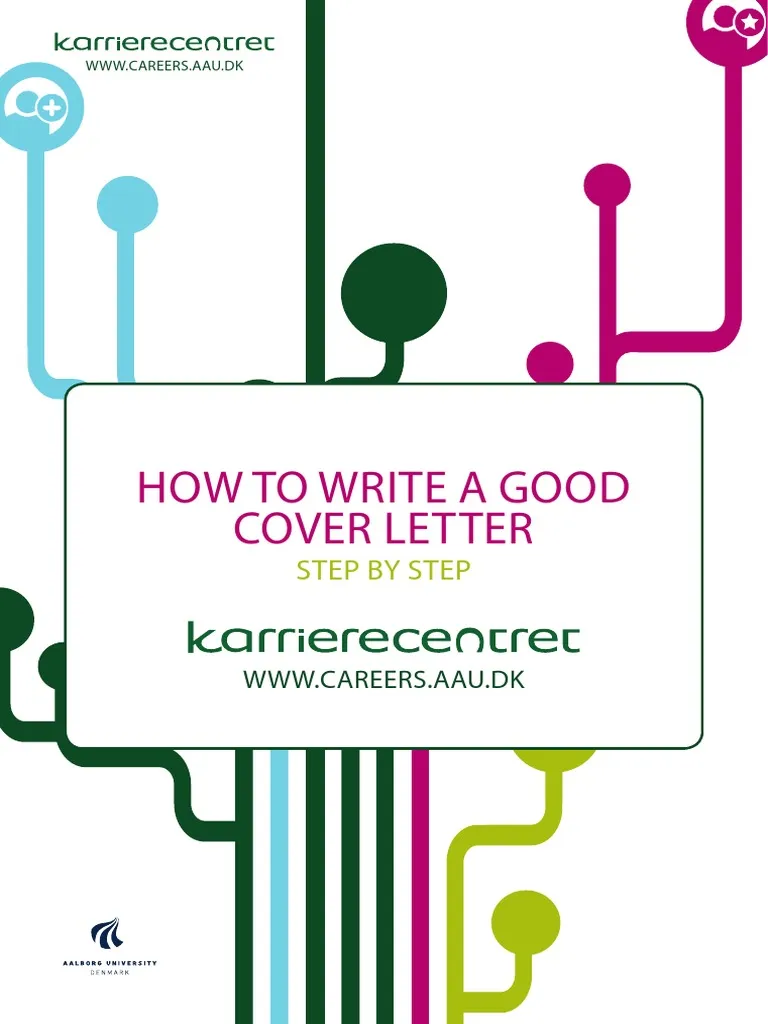
Thoroughly proofread your cover letter for any typos, grammatical errors, and formatting inconsistencies. Errors can damage your credibility and create a negative impression. Read your cover letter aloud to catch any awkward phrasing or sentences. Consider having a friend or colleague review your cover letter for clarity and accuracy.
Common Cover Letter Mistakes to Avoid
Many common mistakes can undermine the effectiveness of your cover letter. Avoiding these errors is crucial for making a positive impression and increasing your chances of success. Pay attention to the details and ensure your cover letter is free of errors. Addressing the wrong person, using generic content, and failing to tailor your cover letter are common pitfalls that should be avoided.
Generic Content and Lack of Personalization
Avoid using generic, mass-produced cover letters. Take the time to personalize each cover letter for the specific job and company. Tailor your skills, experiences, and accomplishments to the requirements outlined in the job description. Show that you have researched the company and understand its values. Generic content signals a lack of effort and interest.
Typos, Grammatical Errors, and Poor Formatting
Typos, grammatical errors, and poor formatting can detract from your professionalism and credibility. Carefully proofread your cover letter multiple times to catch any mistakes. Pay attention to details such as correct spelling, punctuation, and sentence structure. Ensure that the formatting is consistent and easy to read. Errors show a lack of attention to detail and can negatively impact your chances.
Addressing the Wrong Person or Company
Always address your cover letter to the correct person and company. Research the hiring manager’s name or the person in charge of hiring for the position. Double-check that you are applying for the correct job and company. Addressing your letter to the wrong person or company immediately signals a lack of attention to detail and a lack of interest.
Tailoring Your Cover Letter for Different Jobs
Each job application requires a unique and tailored cover letter. Avoid reusing the same cover letter for multiple positions. Customize your cover letter for each job, highlighting the skills, experiences, and accomplishments that are most relevant to the specific role. Show how your qualifications match the job requirements outlined in the job description. Tailoring your cover letter for each opportunity demonstrates your interest and attention to detail. Creating a template can speed up the process, but always make sure to adjust it to suit the specific needs of each job.
By following these guidelines, you can create a compelling cover letter that effectively showcases your skills and experience and increases your chances of landing your dream job. Remember to tailor your cover letter to each specific job, demonstrating your interest and making a strong first impression. Good luck!
